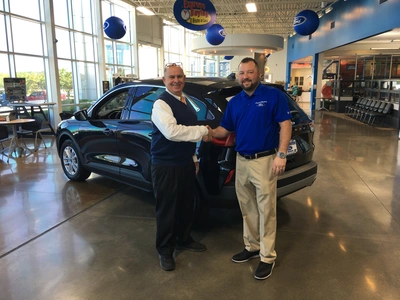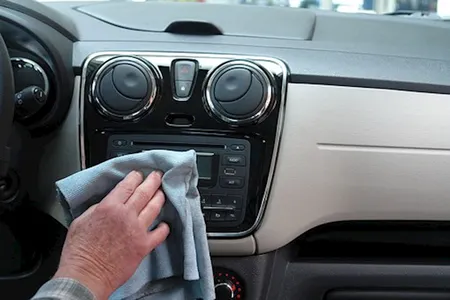If you’re in the market for a new car and planning to trade in your current one, getting the best trade-in value can make a significant difference in your budget. Maximizing your car’s trade-in value is easier than you might think! With a few expert tips, you can increase the amount you receive for your trade-in, making your new car purchase more affordable. Here’s everything you need to know to get the most value for your trade-in.
1. Know Your Car’s Current Market Value
Start by researching your car’s current market value using online resources like Kelley Blue Book, Edmunds, or NADA Guides. These tools give you an idea of what similar vehicles are selling for in your area. Knowing your car's value before coming to the dealership empowers you to negotiate confidently.
2. Clean Your Car Inside and Out
First impressions matter, even with vehicles! A clean car can make a stronger impact and increase your trade-in offer. Take the time to wash and wax the exterior, vacuum the interior, and remove any stains or odors. If you can, consider a professional detailing service to give your car that “like-new” look that appeals to appraisers.
3. Fix Minor Repairs and Address Cosmetic Issues
Minor repairs and touch-ups can make a big difference. Small scratches, dents, or a cracked windshield can lower the trade-in value of your car. You don’t need to fix everything, but addressing small, inexpensive issues like burnt-out bulbs, low tire pressure, or a worn-out wiper blade can signal to the appraiser that your vehicle has been well-maintained.
4. Gather All Maintenance Records
Maintenance records show that you’ve cared for your car, which can help boost its value. Bring records of routine oil changes, tire rotations, brake replacements, and any other maintenance work you’ve done. A well-maintained car is more appealing to buyers and appraisers, which can translate into a higher trade-in offer.
5. Highlight Your Vehicle’s Features
Pointing out your car’s unique or high-demand features—such as leather seats, sunroof, advanced safety systems, or an upgraded sound system—can positively impact its trade-in value. Dealerships value these options as they make your car more desirable on the resale market.
6. Time Your Trade-In Wisely
Timing can impact trade-in value. Demand for certain vehicles fluctuates based on season and inventory levels. For example, trading in a convertible in the spring or an SUV in winter could yield a higher offer due to seasonal demand. Similarly, end-of-year sales events or promotions may provide an opportunity to receive a better trade-in deal.
7. Know the Impact of Mileage and Vehicle Age
Lower mileage and a newer vehicle age generally translate to a higher trade-in value. While you can’t change these factors, it’s helpful to be aware of them. If your car is older but in excellent condition, emphasize its maintenance history and cleanliness to make a good impression.
Final Thoughts: Make the Most of Your Trade-In
Maximizing your car’s trade-in value is all about preparation, presentation, and timing. By taking these steps, you’ll be ready to negotiate and ensure you get the most out of your trade-in. A higher trade-in value means more savings toward your next vehicle, making your car-buying experience even better.
When you’re ready to trade in your car, visit us at Homer Skelton Ford. We’re here to help you every step of the way, with expert appraisers who understand the true value of your vehicle. Happy trading!
Albert Matthews
(901) 692-3496
Homer Skelton Ford









